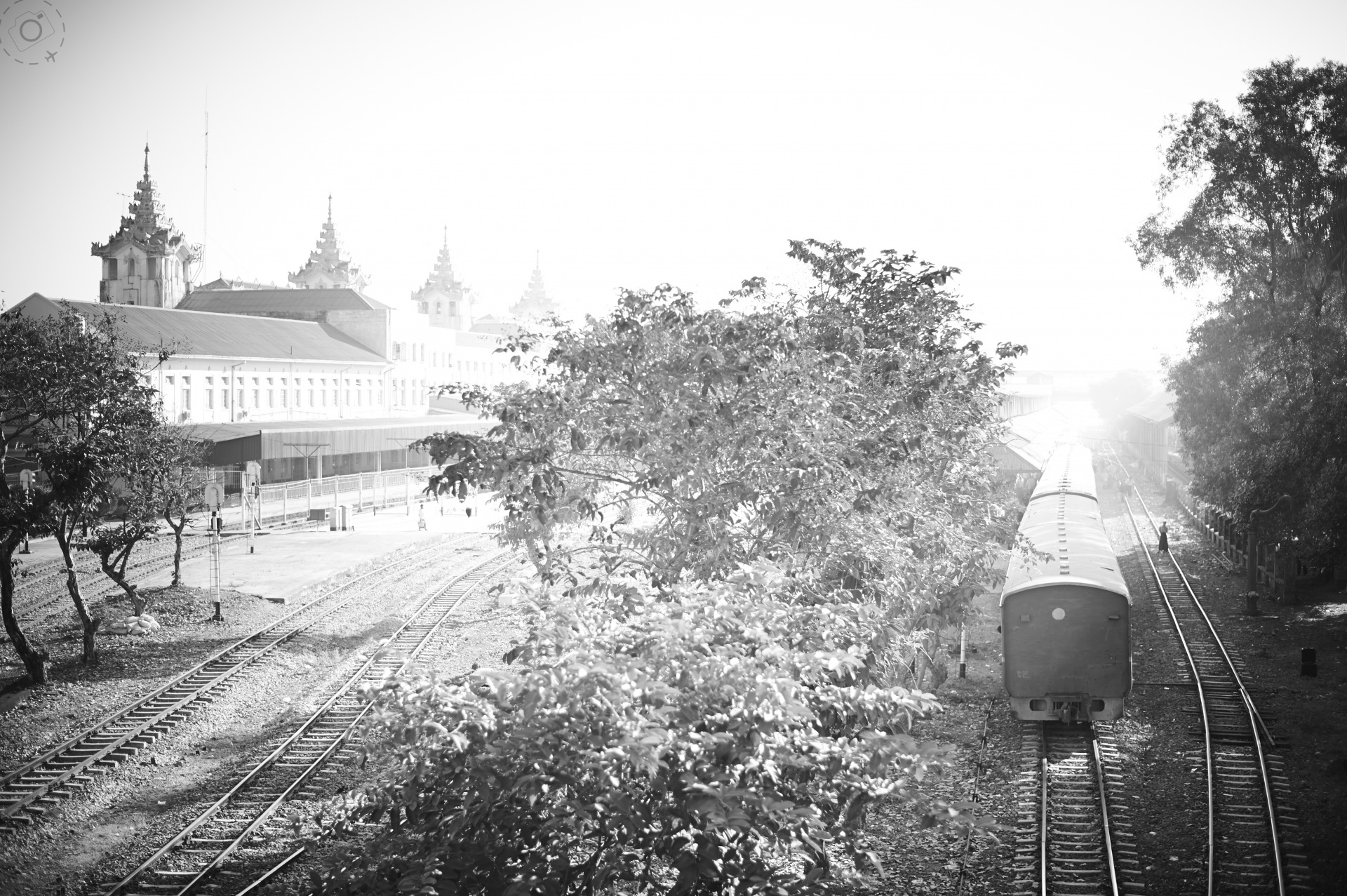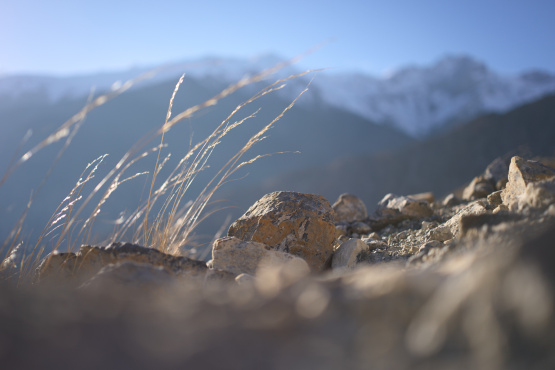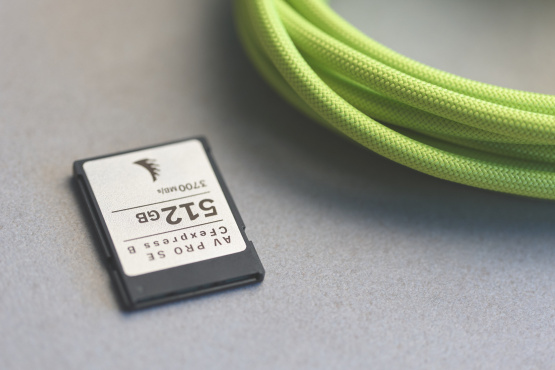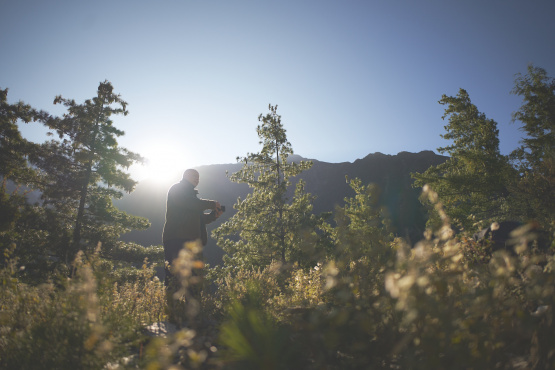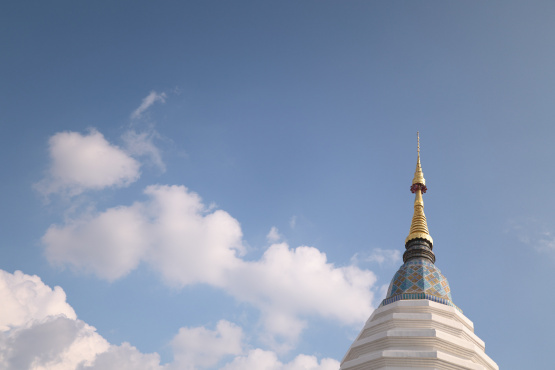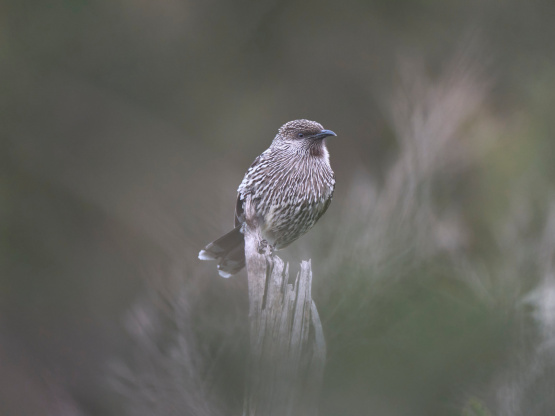Let there be light
An entire generation of todays digital photographers had grown up with cameras and film, where the emphasis was on the camera instead of the computer. In reality the camera was only ever half of the job, because how you process a roll of film or develop prints from the negatives were always key to the final result. Only for most amateurs the cost of doing it yourself was a significant impediment to growing their skills.
Taking a roll of film to the chemist for processing was cheap, but a death sentence for creativity. Automated machines average out exposures on each roll and deliver a folder of prints that had very little room for photographic expression. You had to get pretty organised or get professional to invest in your own darkroom gear and explore the creative potential of a darkroom.
Slide film was a good compromise, preserving the original intent of the photographer while still keeping the door open to high quality exhibition prints. In many ways choosing to work with slide film was a clear signal of creative intent, a step away from happy snaps and a step towards creative control. You could still send off a roll of Kodachrome to be processed in a lab under standard conditions, but knowing that your original exposures were unadulterated.
Presenting slides limits the photographic expression to what happens in the camera. As soon as you decide to make a print from a slide the potential is present once more to alter the image. The same is true of a digital image.
RAW Potential
Capturing an image on DSLR is only part of the creative process, because what you do with the image when sharing it online or printing into a book also changes the character of the photo.
Whether you intend it or not, you are already processing your images before sharing. If you shoot JPG then the camera is applying a set of furious adjustments to the capture in real time, using whatever settings you have pre-configured on the camera. By uploading a photo to Facebook or Flickr you are also allowing their software to make a few adjustments on your behalf.
In the case of Flickr the colour-space is modified and images scaled for presentation, both of which alter the character of the images. If you ever felt that your photos just don't look as vibrant on Flickr as they did on your computer then you might be right. Jump across to 500px.com and you notice your photos simply look better, partly because they have a more generous algorithm for uploading and partly because their colour space technology presents photos more vividly.
Printing digital photos is another step which hides a bit of processing. The choice of paper and print technology impacts the final result, but how you prepare the photos for printing can make a difference as well. Screen colours and print colours are not identical, so what looks nice on your laptop may change when turned into ink. Your choice of how to adapt images from one colour space to another, either manually or using the default process, will bear on the printed version.
When old becomes new
For professional photographers the chores of processing RAW files on a desktop are a necessary evil, but for every photographer the digital darkroom is an opportunity to advance your work. Not only are you able to alter the visual appearance of an image, but you're spending time immersed in your own work; the feedback you get from rummaging through files and contemplating new creative outputs is extremely valuable.
There's a chicken and egg scenario happening here too. In the absence of any processing expertise the process of reviewing a collection of RAW files can be little more than a sorting exercise. You need to jump in and explore the potential for processing an image while at the same time learning more about what is or isn't achievable.
Once you have a few processing techniques in hand, looking through your old RAW files takes on a whole new perspective.
In some ways the digital darkroom lets you retake the photo, by adjusting the cropping, mood or tonal emphasis of an image. Manipulating RAW files can bring new life to old photos, giving you new reasons to love an image or the experience that created it.
Conversion to Black & White is a great example of the power of processing. I often use a standard set of Black & White treatments to bring uniformity to a collection of disparate images that would not otherwise sit nicely together. I can bring harmony to a collection that begins as chaos.
Black & White is also a good starting point to learning processing because the results are immediate and obvious, plus there is lots of room for subtle manipulation within the style. I don't just mean choosing a warm or cool tone for your Black & White treatment, but by tweaking the colour channels you can dramatically alter the exposure of selective elements in the frame.
The other advantage to working in Black & White is that it brings your creative eye back to the essentials of composition. The play of light and dark within an image is critical to monochrome composition, and as you experiment with treatments you are getting powerful feedback on your photographic captures. Observations made on the desktop can advance your work the next time you head out with a camera in hand.
Processing RAW images can be seen as a positive feedback mechanism that continually improves not only your presentation, but your captures as well.
Making it fun
The real hurdle to spending more time processing files is the level of enjoyment most people get out of it. Very few photographers really enjoy processing their files, even those who are good at it. Sitting at a desktop feels like work, not play, and some serious motivation is required to get over that hurdle. Anything that makes the job a little less painful is a step forward.
Having a slow computer with a small monitor is not a good way to embrace processing. As DSLR cameras pack increasingly larger pixel counts the grunt required to process the RAW files grows too. Just downloading and sorting your photos can have you hitting the limit of your patience. Getting a fast machine to do the job will save you a good amount of frustration.
A big screen is not a bad idea too, but this demands even more grunt on the desktop. A "Full HD" screen with 1920x1080 pixels gives you lots of real estate to hang tools, browse thumbnails and preview the image. Inches don't matter as much as pixels, so a Full HD screen packed into a 15" laptop is a good combination, as the finer pixels make it easier to spot which frames are sharp or fuzzy.
If you're an Apple fan then the Retina Display is the same idea, but taken to the next level. There is no better hardware for processing DSLR images than an Apple Retina Display.
Choosing a decent computer is half the battle, and choosing good software is the other half. Adobe Photoshop can be all things to all people, but there are better solutions to processing RAW files that save you time and hence make it more fun. Adobe Lightroom and Capture One are two examples of RAW workflow software that are built from the ground up to do the job.
Workflow solutions simply make it easier to work with lots of files, combing the process of browsing with editing into a seamless experience. As dedicated RAW processing tools they also offer performance advantages over more general image editing software. The more reduced the 'feature set' of a piece of software the more efficient they are at finishing a task.
Spending a few dollars on good software can change your entire attitude towards post-capture processing. But only if you can learn how to use that software effectively. Getting results is the key to getting enjoyment from the task.
It's a lot more rewarding to sit at the desktop once you've learned a few techniques and decided on a handful of treatments that you really like. Reaching to the stage of seeing the results you want may require some training. Building skills is difficult if you're relying on web tutorials, so jump starting the process with a dedicated workshop is a good idea.
Creative Essentials
If you're going to enjoy the world of processing you need to be brave and push hard on exploring the tools of manipulation. Making a little tweak here and there is not always the best approach, particularly when starting out. By cranking hard on the sliders you get a feel for what each one does and can dial back the effect afterwards. To begin with, go extreme and see what each tool can do, then pull back and moderate your impact with those tools once you have a good feel for what they offer.
The more creative your mood the more rewarding the process will be. Black & White might not be your thing, but perhaps an "expired film stock" look might appeal instead? By dialling back the saturation, adding a little extra contrast and dragging the colour temperature into the high Kelvins you can create a washed out look that is anything but ordinary.
I like to add a little vignetting to my images as well, which might seem ironic having spent good money on modern lenses that avoid this very artefact. I like the look of a vignette partly because it evokes a more traditional film feeling, and partly because it delves into the wider dynamic range concealed beneath the RAW capture. The darkened edges often reveal detail in a frame that would otherwise remain obscure.
Faking a film look, swapping into high or low keys or dropping the colours in favour of Black & White are just a few options. The key is to learn enough about the tools to apply the creative effect that reflects your creative intent. Once you reach that stage the idea of skipping the processing will be unacceptable, and the joy of seeing your final results will be all the satisfaction you need.
If you're capturing images but not processing anything then you're really only doing half of the job. You may not be spending enough time exploring your own images either, and the opportunity to learn from your own photographs is being overlooked. Photography is about expression more than documentation, and processing is an invaluable part of that creative expression and the key to realising the varied potential for each and every frame.

Keep Reading
Join Ewen's newsletter for monthly updates on new photography articles and tour offers...Subscribe Here

